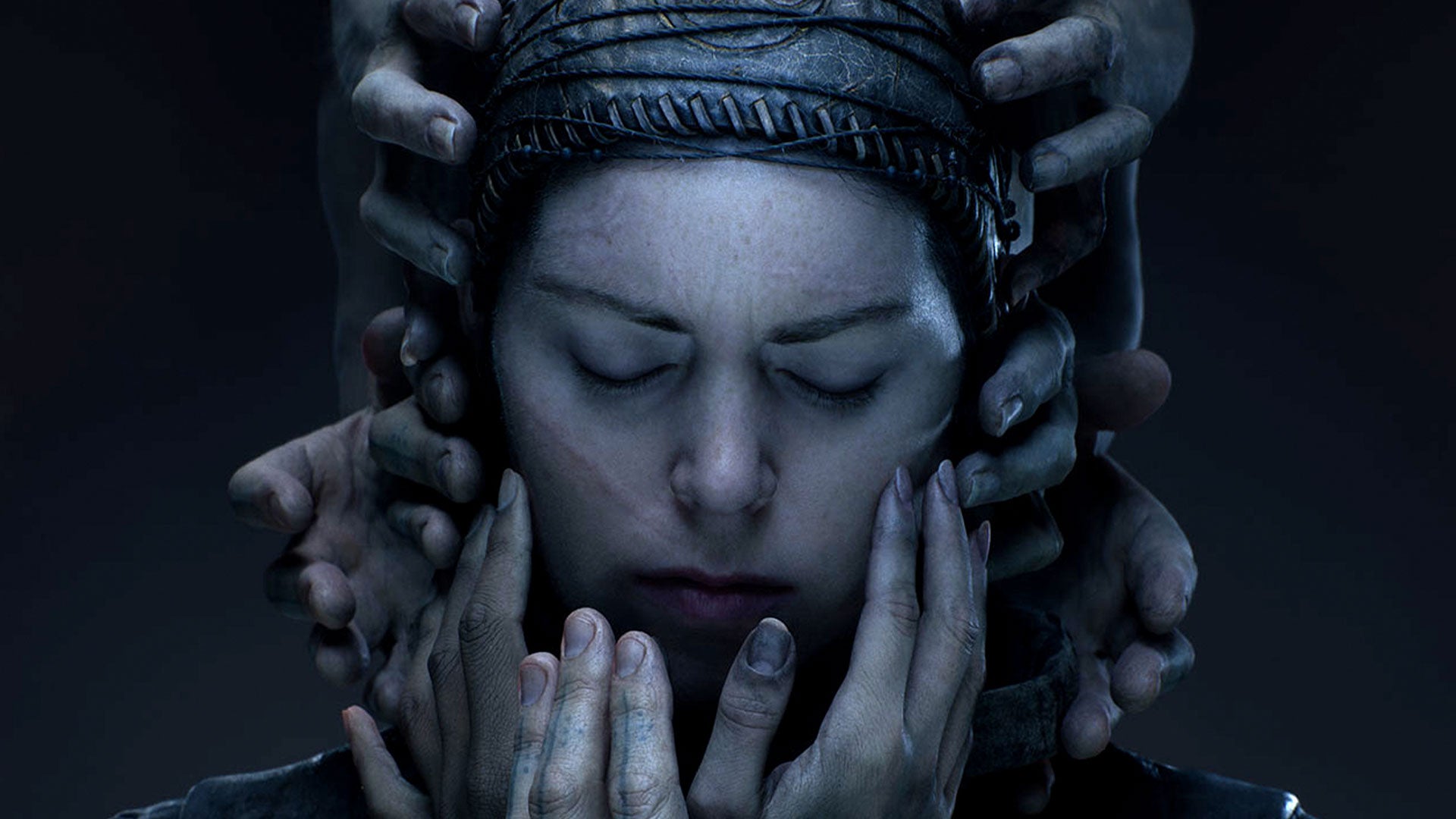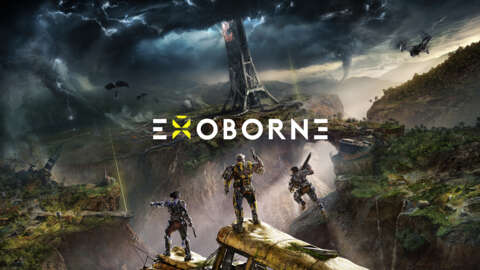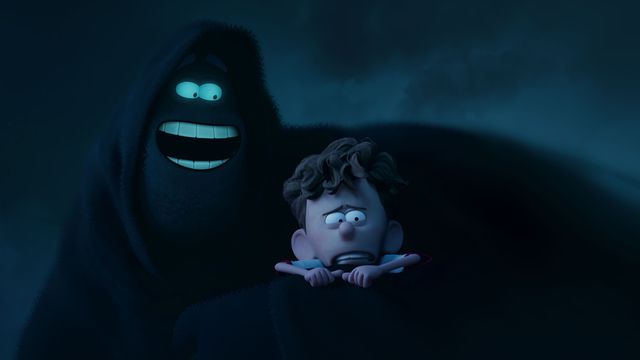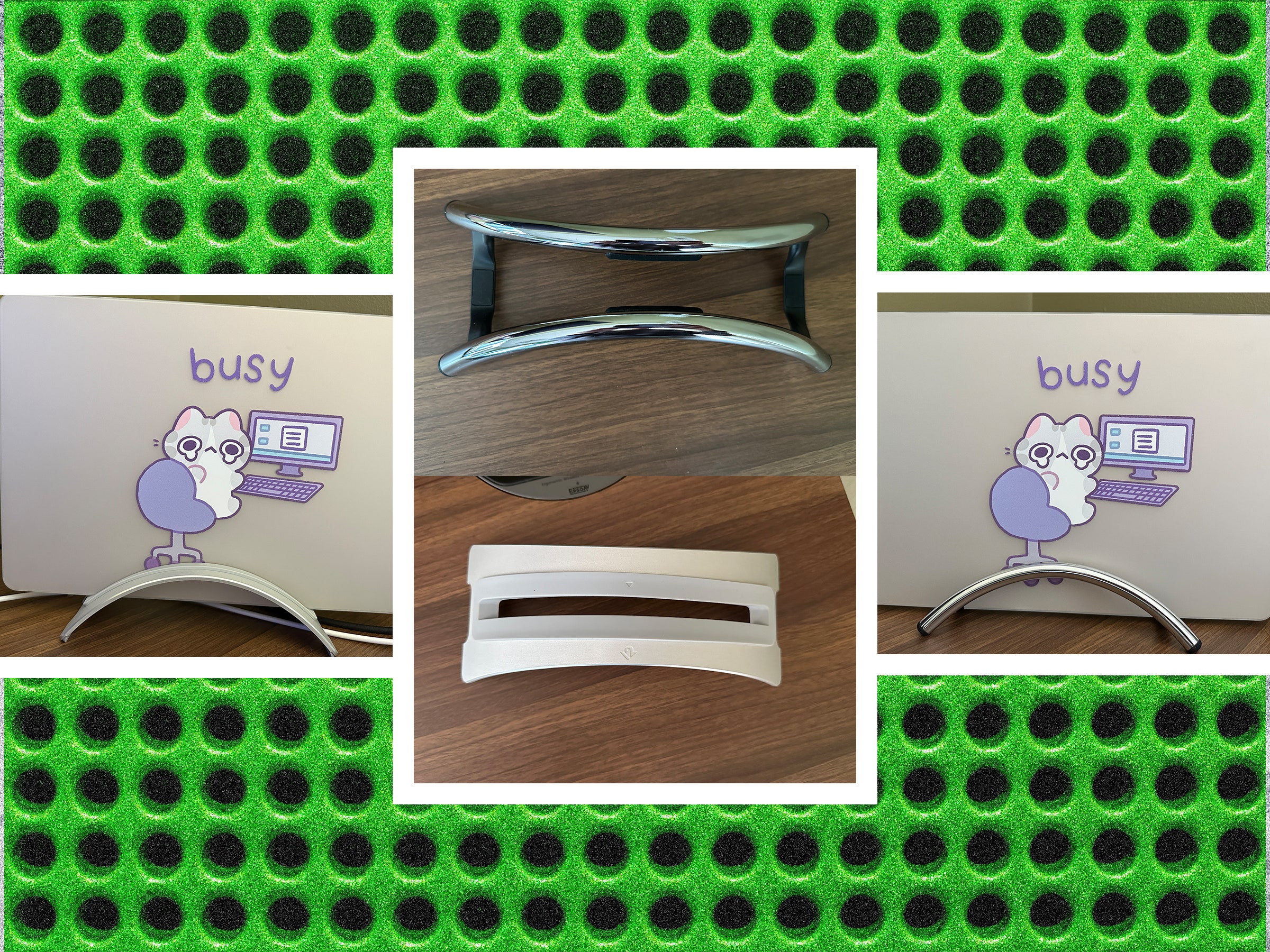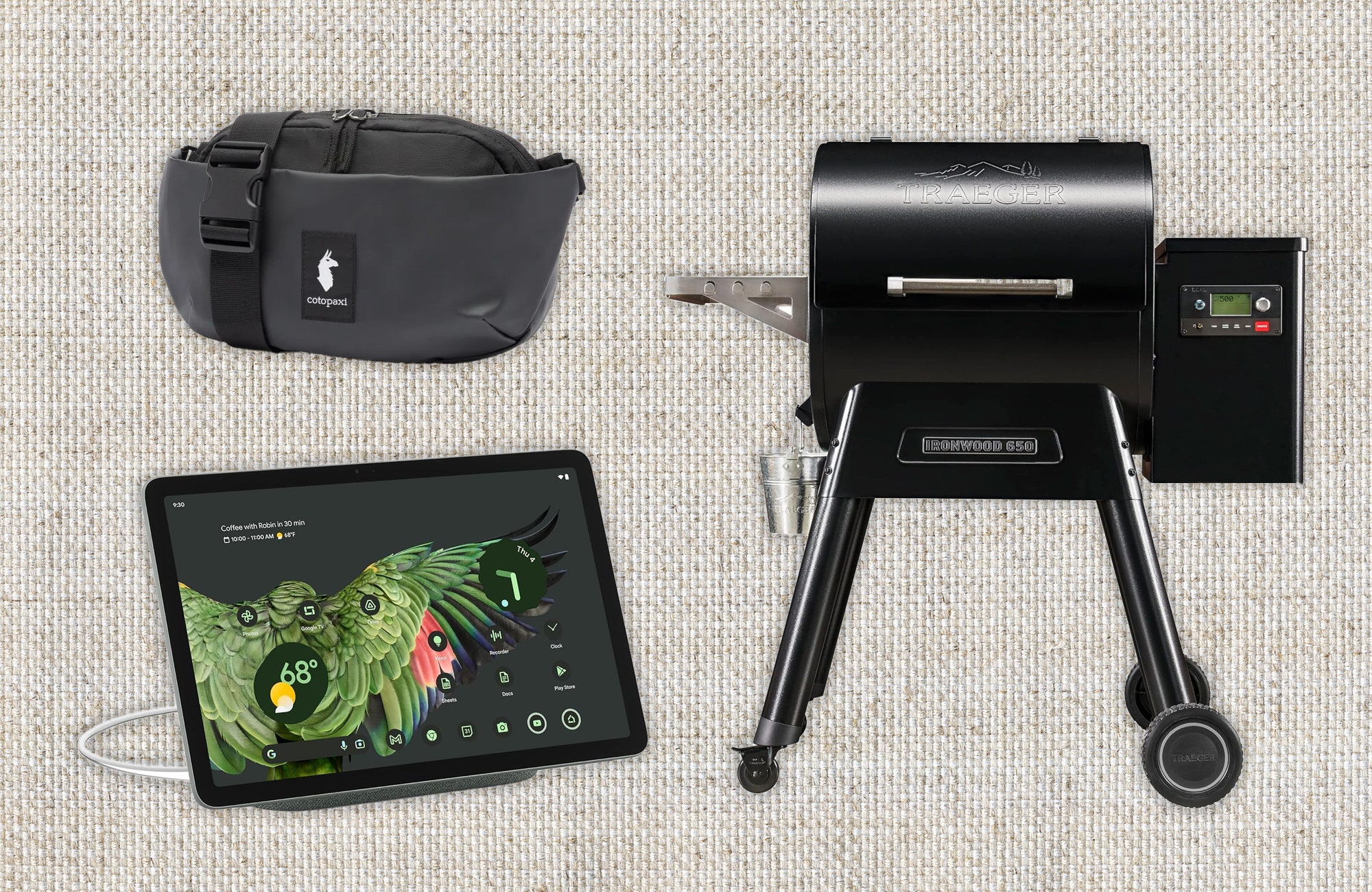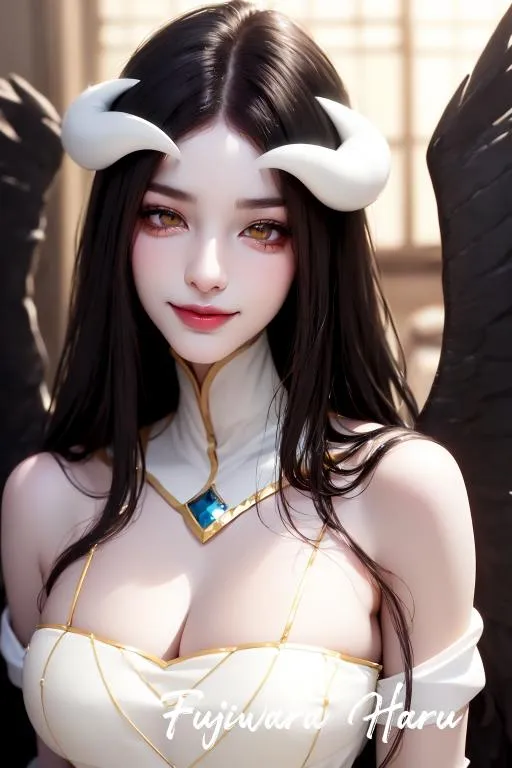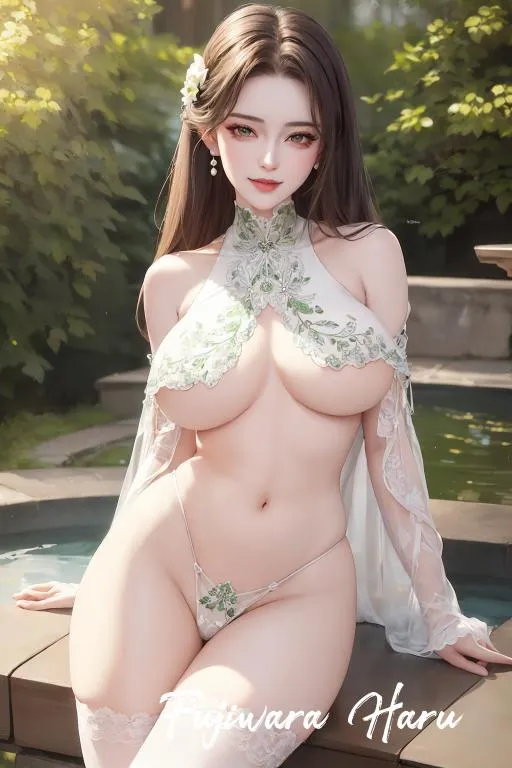To say that Senua’s next story is an immersive one would be an understatement. During my recent hands-on preview, I was able to sample Hellblade 2’s practically palpable atmosphere, delivered via immersive visual and audio techniques. In fact, immersion is the word that powers each aspect of Ninja Theory’s sequel. Everything from its character-focused storytelling, high fidelity art design, and meatier, revamped combat is there to envelop you in Senua’s world. It’s a mantra instilled in the team by studio head Dom Matthews.
“The technology and the techniques that we push here are in pursuit of immersion,” he explains. “So the questions that we ask ourselves at all times in the game are, ‘What's the story that we want to tell, and then how do we utilize the tools and the creativity that we have available to us to tell that story?’”
Those tools are used in a honed, focused way to ensure Hellblade 2 doesn’t lose sight of its goals. “We want to stick to that kind of very immersive narrative experience,” says VFX director Mark Slater-Tunstill. “We know our skill sets, we know the sort of people in the team, so let's not go crazy and make a massive open-world game. Let's keep it really kind of controlled, immersive, and true to what we're trying to do as storytellers.”
While Hellblade 2 remains a ‘small’ game, at least in comparison to its first-party powerhouse peers, it has widened its scope over that of its predecessor. Senua’s journey will be a lot less isolated this time around, with other humans turning up along the way to share in her story. “One of the things that we really wanted to explore in Hellblade 2 was when you've got someone like Senua, who has a unique model of the world and a unique perspective of the world, what happens when that comes into contact with other people's models of the world?”, Matthews explains.
It’s a new challenge that the actress who brings Senua to life, Melina Juergens, embraced. She credits the new studio space at Ninja Theory, which was built on the success of the first game, for aiding with that process.“I think having a new stage enabled us to just have more characters,” she says. “Before we were shooting in a little meeting room in our old office. It was just me on set as an actor, maybe three or four more people on set. So it was very intimate, very private. Now we've got this custom-built massive stage, so that allows us to have more actors in motion capture, have a stunt team, do our own builds, like hang stuff from the ceiling. There's just so many more possibilities that we can do now.”
The addition of a wider roster of characters should make Hellblade’s world feel more populated and lived in, and as a result push that sense of immersion. Narrative elements like these new characters go hand-in-hand with more technological solutions, many of which have been made possible thanks to Ninja Theory’s transition to Unreal Engine 5. The software has enabled the team to both recreate real-world locations with extreme detail, and bring the wildest parts of their imagination to life.
“As a creator, UE5 is amazing,” Slater-Tunstill explains. “We can kind of dig in and use parts of the internal screen rendering to do some interesting effects. And yeah, obviously the real-time nature of all the lighting, and now a lot of our effects can be lit as well. It just beds everything in, and everything just fits together much more nicely.”
Nature has been a big influence for the studio, particularly the stunning vistas of Iceland, but the pursuit of immersion in AAA video games often looks to cinema as much as reality. The filmmaking techniques of director Robert Eggers are of particular inspiration to Dan Atwell, Ninja Theory’s environment art director. “We really like his idea of the methods that he used within [The Northman’s environment]” he says, going on to recount a tale of Eggers demanding the film’s prop department craft replicas of excavated historical swords rather than making blades based on mere historical theory. “Doing that research and making it as grounded in that sense as possible, we really like his ideology of that stuff.”
It will come as no surprise to learn, then, that Ninja Theory makes physical props of its own. On a tour of the developer’s studio, I was shown era-appropriate Celtic and Viking outfits, which had been woven on wooden looms using materials commonly used in the 9th century such as hemp. These were then scanned into the game to allow their digital counterparts to be rendered as realistic as possible – something further aided by the studio’s switch to Unreal Engine 5. Combined with many other artistic and technological approaches (including building rocks from hundreds of photographs taken on-location in Iceland), it all makes Hellblade 2 undeniably one of the most graphically impressive games I’ve ever played. Its character models and lighting effects in particular stand out from the crowd.
Juergens herself even made the trip out to Scandinavia to take in the harsh surroundings and store those memories for when it came time to reflect on them during her performance. “It's very windy, it's rainy, there's sharp rocks everywhere”, she recalls. “It's quite a daunting place to be. So I actually got quite frightened when I was out there in that stormy weather. And I try to remember that when I perform, so if there's a scene with rain, I try to squint my eyes as if it's raining or windy and just try to remember that trip to Iceland and how terrified I was feeling in that environment. I think the technology is so advanced now as well that I don't need to overact. It picks up every little eye twitch or lip shake or finger movement.”
This very real grounding only serves to make the firmly other-worldly shine even brighter, though. Once again, we can see parallels between Ninja Theory and cinema; some of the reference footage the studio shot in Iceland is of the same locations used by Ridley Scott to craft the planet in Prometheus, which too used grounded reality to help pronounce its supernatural elements. Horrors of a completely different alien variety are no stranger to Senua, though, and some of her nightmarish visions will be familiar to those who played the original.
“Trying to come up with visual things based on people's descriptions of hallucinations is a really interesting challenge”, says Slater-Tunstill. “That's where you can lean on some of the new features of Unreal 5, and have all the geometry you want to replicate those things. Like in the Leap of Faith demo we did last year, with all the repeated rock patterns as the voice is speaking, that would've been trickier beforehand.”
A large offering of Hellblade 2’s horrors makes themselves apparent during combat, where hulking attackers throw axes and spit fire at you as hell encompasses the arena in shadows of death. It’s an area that the team knew they needed to focus on to make it as immersive as possible in Hellblade 2.
“The question was how do we utilise combat as a tool to tell the story, to enhance the story, to move the story forward”, explains Matthews. “I think games traditionally can at times be segmented from gameplay, story, gameplay, story, gameplay. For us, the approach has been ‘How do we have every step be meaningful for the story?’ It was starting with that mindset and thinking about what does that combat system look like when at the forefront of our minds is turning a narrative through it.”
Battles in Senua’s Saga are exclusively one-on-one affairs. But in the background, scenes are playing out with their own stories to tell, whether that be the untimely demise of a villager or the continuation of a horrific ritual. The trick is to not make these vignettes a distraction from the fight itself, and that’s achieved through engaging swordplay.
Every combat animation has been recorded through performance capture, meaning every swing of Senua’s sword is one of many skillfully executed by the talented stunt team. When visiting Ninja Theory’s motion capture stage I got to see some of this fight choreography in action, and let me tell you they don’t hold back. Things started steadily enough with a few sword-on-axe clashes but swiftly escalated as the stunt performer for Senua was lifted into the air by her neck and violently choke slammed into a cushioned mat. The real-life action was impressive, just as it was when minutes later I saw it translated into the game. There’s a real heft and flow to combat in Hellblade 2 that wasn’t quite there in its predecessor, and that's largely thanks to this newfound approach.
It’s been a long time since 2017’s Senua’s Sacrifice, but Ninja Theory is a studio focused on getting the small details right, hoping they all add up to an impressive whole. Over the past seven years, they’ve increased the size of their team and upgraded the facilities and technology at their fingertips. All of the immersive techniques the improvements provide are in service of Senua’s story. Not only is the studio looking to create a fun game for players to enjoy, but it’s also seeking to use its platform to raise mental health awareness through Hellblade’s depiction of psychosis - the hallucinatory mental health condition that Senua experiences. It’s a cause close to Juergens’ heart, and one she’s very keen to share widely.
“Games can be more than just entertainment”, she states. “You can make a game that sparks conversations, tackles difficult subjects, and just raise awareness about certain conditions such as mental health. I'm proud of just having the honor of representing the mental health community, making sure that I do it in the best way possible, the most realistic way possible. Don't let them down and make them proud as well.”
Simon Cardy is glad that this is one game he can't smell. Follow him on Twitter at @CardySimon.
